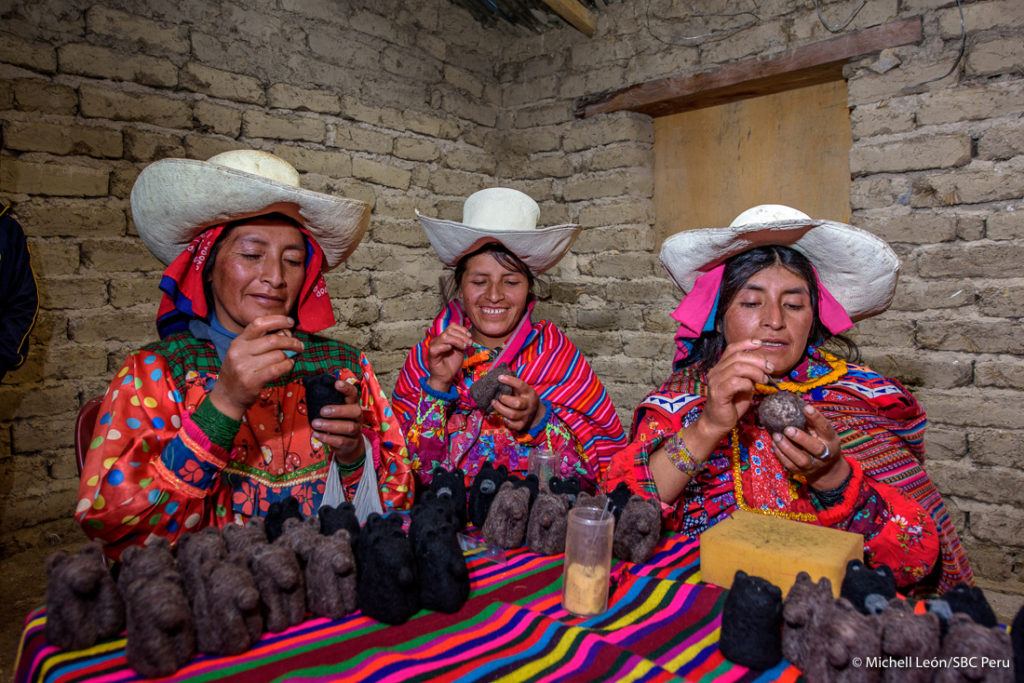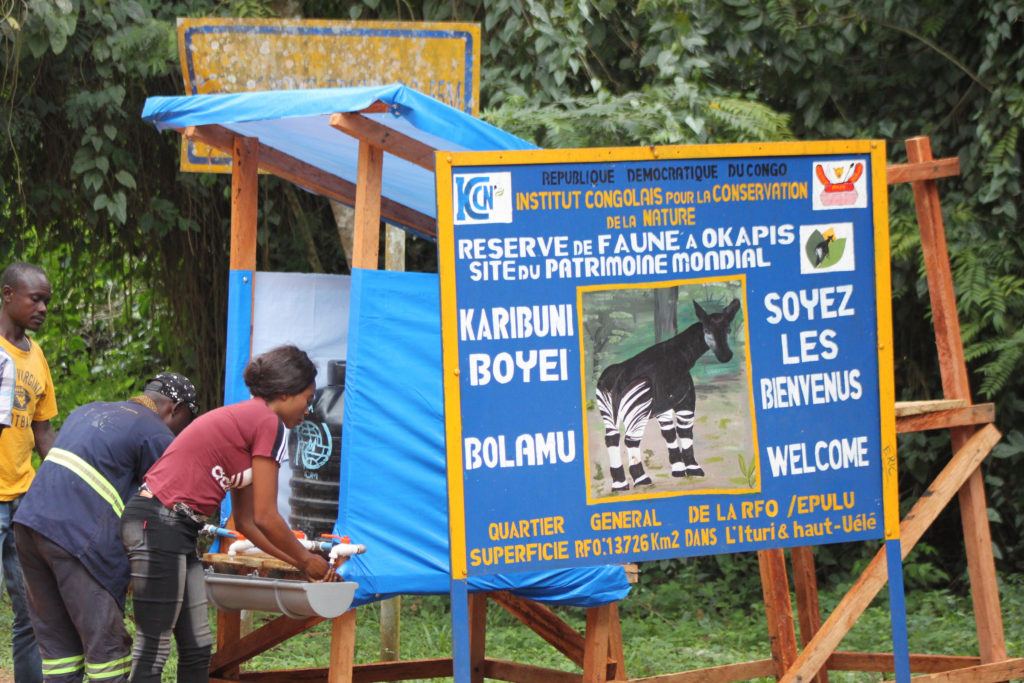For WCN and our Partners, conservation has always been as much about helping people as it is about helping wildlife. Local communities that live alongside wildlife determine the fate of their natural resources and are at the heart of conservation solutions.
As COVID-19 freezes nature-based tourism and supply chains, many rural communities are suffering from a lack of sufficient economic buffers to ride out this storm. This global pandemic has generated devastating health, social, economic, and political crises that may last for years to come. In this perilous situation, a lack of income intensifies communities’ dependence on natural resources to make ends meet. This increased pressure on natural resources reinforces the need for wildlife conservationists to find proactive ways for people and wildlife to survive this crisis together.
WCN’s Partners have been working for years with local communities to understand their needs, build trust, and jointly develop solutions to allow people and wildlife to coexist and thrive. Thanks to this long-term engagement, conservationists are uniquely positioned to respond to this crisis as a trusted resource of knowledge and community stewardship. Now, in the face of COVID-19, our Partners are doubling down on humanitarian efforts to make sure that local community members, many of whom are their colleagues, friends, and family members, receive the appropriate resources to get through this crisis safely.
1. Distributing Food to the Hungry
It is tough to be concerned about wildlife if you are going hungry. In Colombia, Proyecto Tití (PT) saw that rural families, who they had worked with over the years to set aside land as habitat for the critically endangered cotton-top tamarins, were now struggling to feed their own families due to the economic impacts of COVID-19. So PT stepped up to deliver boxes of rice, beans, lentils, milk, pasta, tomato sauce, canned meats, and more to people’s homes – enough food to feed 130 local families for a week!
2. Getting the Word Out about the Virus
To help communities understand the potential impacts of this virus, and the necessary protocols to remain safe, conservationists have been coming up with creative ways to get the word out. In South America, the Andean Cat Alliance shared these brilliant infographics, in Spanish, of an Andean cat practicing proper COVID-19 protocols.
But with a lack of internet access for many rural communities, education and outreach has also had to go back to its roots – one by one. The Niassa Lion Project’s COVID Awareness campaign in Mozambique reached over 7,000 people across 1,400 households, via person by person outreach, with proper social distancing of course.
3. Ensuring Access to Proper Sanitation Measures
Although many of us at home have been washing our hands vigorously after trips to the grocery store, many rural communities do not have running water in their homes. So in Kenya, Mozambique, and Botswana, the teams at Ewaso Lions, Save the Elephants, Niassa Lion Project, and Cheetah Conservation Botswana are installing hand washing stations (called “tippy taps”). STE has installed over 30 hand washing stations across Samburu and NLP installed 11 tippy tap hand washing stations across the Niassa Reserve, while teaching others how to make them to put up at a household level as well.
The Grevy’s Zebra Trust’s (GZT) Nkirreten project has historically focused on distributing reusable and biodegradable sanitary pads to local women in need. But when GZT’s team saw that the supply of protective face masks in their local area was not meeting the demand from community members, they stepped up and began shifting the Nkirreten project’s efforts to now produce masks. Their efforts produce 700-1,000 masks per week for free distribution to the local community. Ewaso Lions has also distributed over 2,000 masks to community members and made posters in three languages to help explain physical distancing.
4. Keeping Alternative Livelihoods Alive
In Peru, Spectacled Bear Conservation’s Felti program traditionally empowers more than 50 female artists from rural communities to earn a competitive wage in the production of small woolen animals using a method called dry-needle felting. Now, despite the pause of most production and distribution of felti products due to quarantine orders, SBC still continues to pay the salaries of these local women. Keeping this income source alive allows these women to provide for their families without relying on natural resource extraction in spectacled bear habitat.
5. Learning from Past Experiences
In the Democratic Republic of Congo, the Okapi Conservation Project has faced the immense challenges of epidemics before. Most recently, the Ebola epidemic resulted in over 2,261 deaths in the country, and is an ongoing challenge. Difficulty controlling ebola was attributed to insecurity, community mistrust, confusion around the validity of the outbreak, and the unwillingness of people to seek treatment. However, through the collaborative efforts of healthcare workers, NGOs, and community members, the country gained control over the disease. Now, OCP’s experience in the reduction of disease transmission is assisting them in addressing COVID-19 before it becomes a serious threat. They do this by involving respected local leaders and communicating in local languages to explain the disease, its prevention, and response efforts.
As we applaud the efforts of all of these organizations, it is humbling to remember that conservationists are not immune to the dangers of COVID-19 either. They are subject to the same aforementioned health, social, economic, and political shocks of this pandemic. It might be safer and easier for them all to stay at home, but just like healthcare workers and first responders across the world, they continue to go above and beyond to care for others; in this case, for both wildlife and people.
WCN is tremendously grateful to conservationists for their unique abilities and inspiring efforts to support communities in need. Many of these actions are not what you might typically imagine is part of the job description of a wildlife conservationist, but it is what is needed during these difficult times. Helping wildlife and people goes hand in hand. Today, communities need our help to feed their families and stay healthy, just as we need their help in protecting wildlife, maybe now more than ever.



